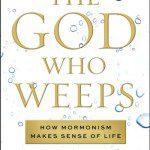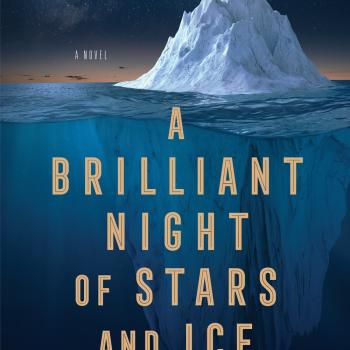 Sloth, envy, gluttony, greed, anger, lust, and pride … or, when taken as a whole, better known as “the seven deadly sins.” But how much do we really know about this list? When were they first identified, and how did they become a part of the Christian tradition? And what makes these particular sins so “deadly,” more so than say, murder, or theft?
Sloth, envy, gluttony, greed, anger, lust, and pride … or, when taken as a whole, better known as “the seven deadly sins.” But how much do we really know about this list? When were they first identified, and how did they become a part of the Christian tradition? And what makes these particular sins so “deadly,” more so than say, murder, or theft?
A new book out this month — The Seven Deadly Sins: A Visitor’s Guide — by Catholic theologian and Notre Dame Professor Lawrence S. Cunningham seeks to trace the roots of this infamous list of sins, as well as provide a corresponding virtue for each. Popular author and spiritual director Paula Huston calls the book “a brilliant new meditation … pure gift.”
We caught up briefly with Dr. Cunningham this week to ask him a few questions about his new book.
 Have you always been intrigued with the idea of the “seven deadly sins?” What inspired you to write this book, now?
Have you always been intrigued with the idea of the “seven deadly sins?” What inspired you to write this book, now?
I came to the topic of the seven deadly sins in a rather backward sort of fashion. A few years ago I wrote a series of talks on the biblical concept of the heart which led me to think about the beatitude speaking of the pure of heart. That trail, in turn led me to the early monastic writers who argued that there were obstacles to purity of heart and they named eight of them. In the West, Gregory the Great reduced the eight to seven and that is where we got the “seven deadly sins.” The list caught on and shows up in literature, art, theology, and works of devotion – from those sources I draw on a good deal in this work.
You contend that the list of the seven sins not ‘biblical’ in origin. How did the Church Fathers contribute to shaping this list, and how did this list come to inform Christian living?
All of these sins can be found in one place or another in the scriptures but the list of seven derives from the tradition of the church. The medieval, who loved lists, developed seven virtues as offsets of the seven sins – we find such pairings in the Summa and in Dante’s Purgatorio. They were frequently called “capital” sins (from the Latin caput – head) because it is from them that other sins derive.
There is nothing normative about the list – indeed, some contemporary writers have mused over other sins or obstacles that better resonate with contemporary mores. An aside: my subtitle was suggested by my editor because it alludes to Dante “visiting” the seven terraces where the sins were being purged.
You note that Pope Gregory the Great argued that the root of the seven deadly sins was pride. Is that therefore, the worst of the sins?
While pride is often called the worst sin (because of the fall of Satan) it is interesting that the early monks liked to single out anger (not getting angry — Jesus got angry — but being an angry person). Saint Augustine somewhere says that the most typical sin of clerics was not lust but avarice. In passing, we should note that the list is not all that clear cut; at times we can think of sins as symbiotic: avarice is often linked to envy and gluttony can be thought of as a kind of lust.
What do you hope people take away from your book?
I hope my readers will pay attention to the final chapter on purity of heart because it is purity of heart and not merely overcoming these all too human sins that is the goal. If we are pure of heart, we will see God.
This book is rather brief; it is an expansion of seven essays I published a few years ago in a magazine. As I said in the introduction I am not a moral theologian but someone who is interested in the history of Christian spirituality. The book is the result of a lot of reading but my attempt was to write something easily accessible. I make my own, the sentiment once expressed by Belloc who, tongue in cheek, said that on his tomb he wanted this inscription: “his sins were scarlet but his books were read.”
For more conversation on The Seven Deadly Sins – and to read a book excerpt – visit the Patheos Book Club here.













